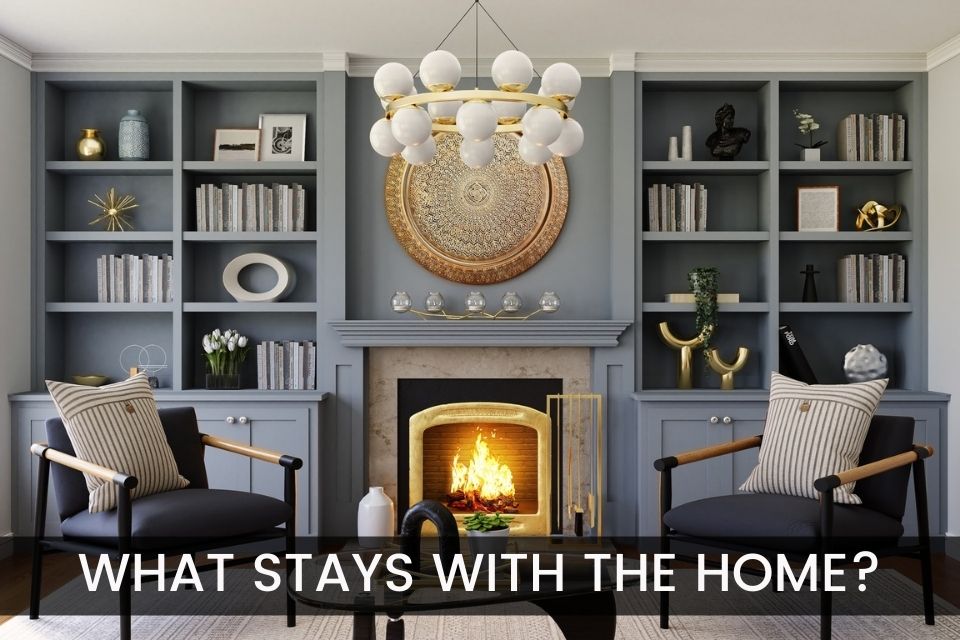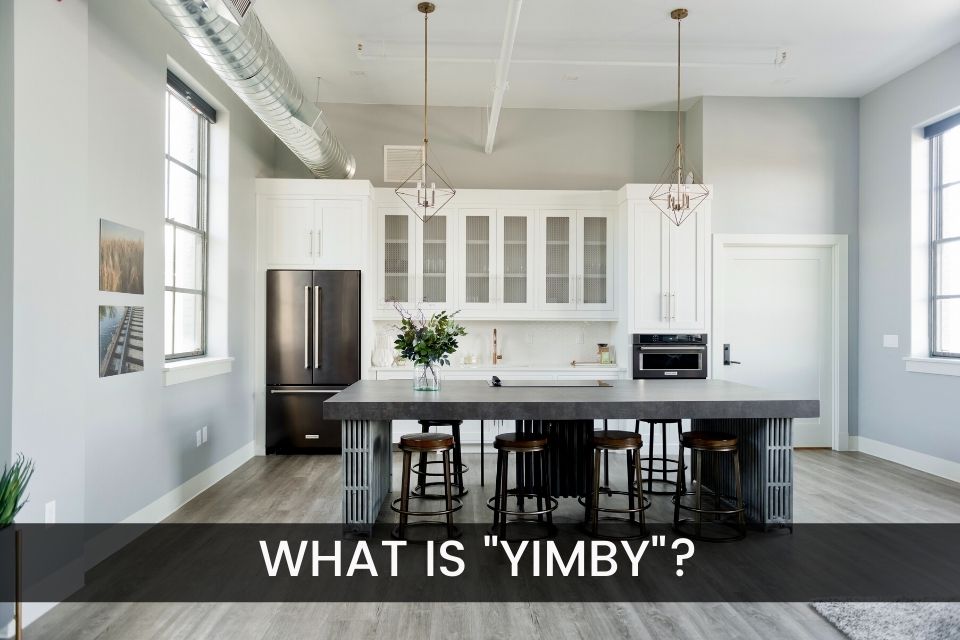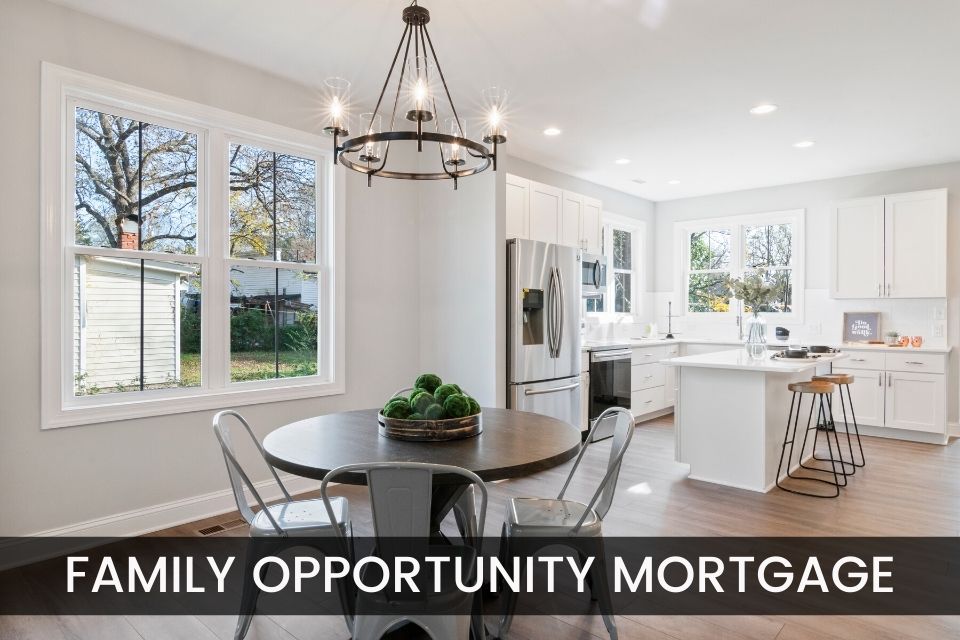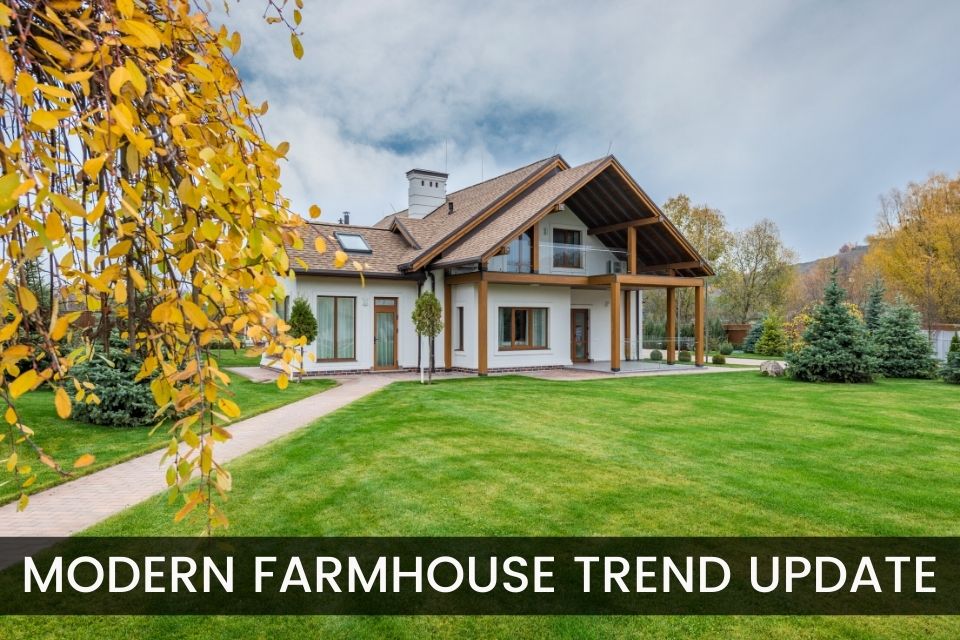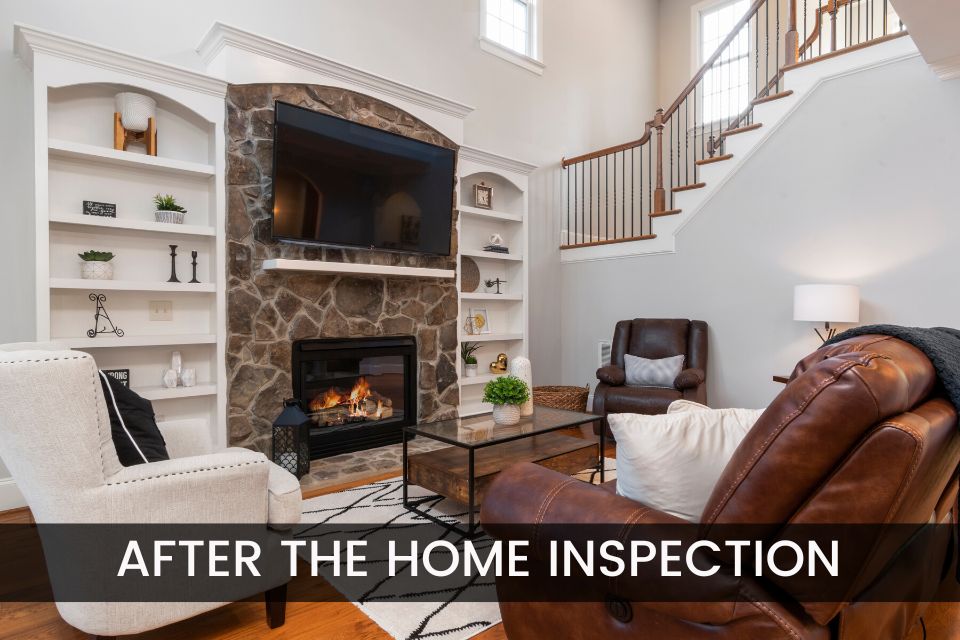
An important part of the home buying process is having a professional home inspection. Even homes listed “as is” should have an inspection if only to understand what “as is” means. A comprehensive home inspection will examine all major systems, such as heating, cooling, electrical, and plumbing. The inspector will also look for signs of water intrusion and check the roof for leads or wear and tear.
Once the inspection is complete, the home buyer will receive a copy of the findings for review. Often buyers are shocked at the number of issues uncovered and may even wonder if they should walk away. Most of the time, this is unnecessary; even the best-maintained home will have plenty of things to review, most of which are more a “honey do” list than a deal breaker.
So, what are the deal breakers? For anyone considering a major remodel, there may not be any deal breakers on the list. Those who have stretched to buy the house, may not have the available resources to make any significant repairs and will want to negotiate as much as possible.
Most agents agree that the main thing to focus on is the fire, health, and safety sections, missing fire flues or smoke detectors, and unsafe electrical hazards or firewall breaches. Also check for evidence of foundation cracks, water intrusion, and roof leaks. Before accepting any cash credit, one should get a few estimates from repair contractors to ensure the dollar figure offered is sufficient.
Most home inspections create a list of deferred maintenance and minor repairs. Working with their agent, a home buyer can narrow the list of requests to the essentials and tackle the others once they move in.
 Facebook
Facebook
 X
X
 Pinterest
Pinterest
 Copy Link
Copy Link
